Traditional dances tell stories, express cultural identity, and often pass on history from one generation to the next. Some of these dances are lesser-known but are incredibly unique in their movements and origins. They may not be performed on mainstream stages, yet they remain vibrant within their communities. In this article, we explore a few of these fascinating traditional dances. Each one brings a different rhythm, energy, and cultural richness that makes them worth discovering.
Tinikling (Philippines)
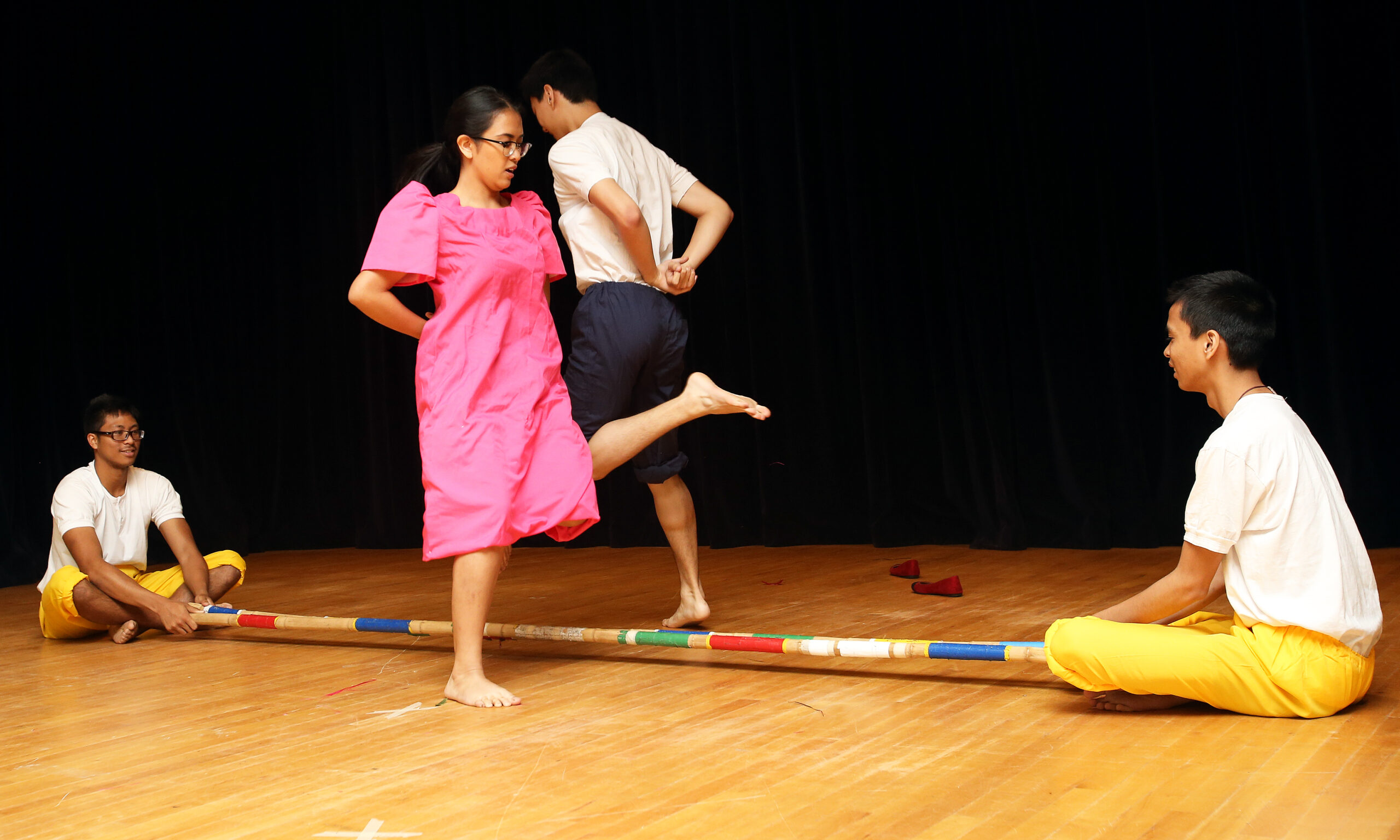
Tinikling is a traditional Filipino dance inspired by the movement of birds. Dancers skillfully step between two bamboo poles that are clapped together in rhythm. This dance requires incredible timing and agility. It is typically performed in pairs, often representing birds avoiding bamboo traps. The clapping of the poles creates a rhythmic beat that sets the pace for the dancers.
Hopak (Ukraine)
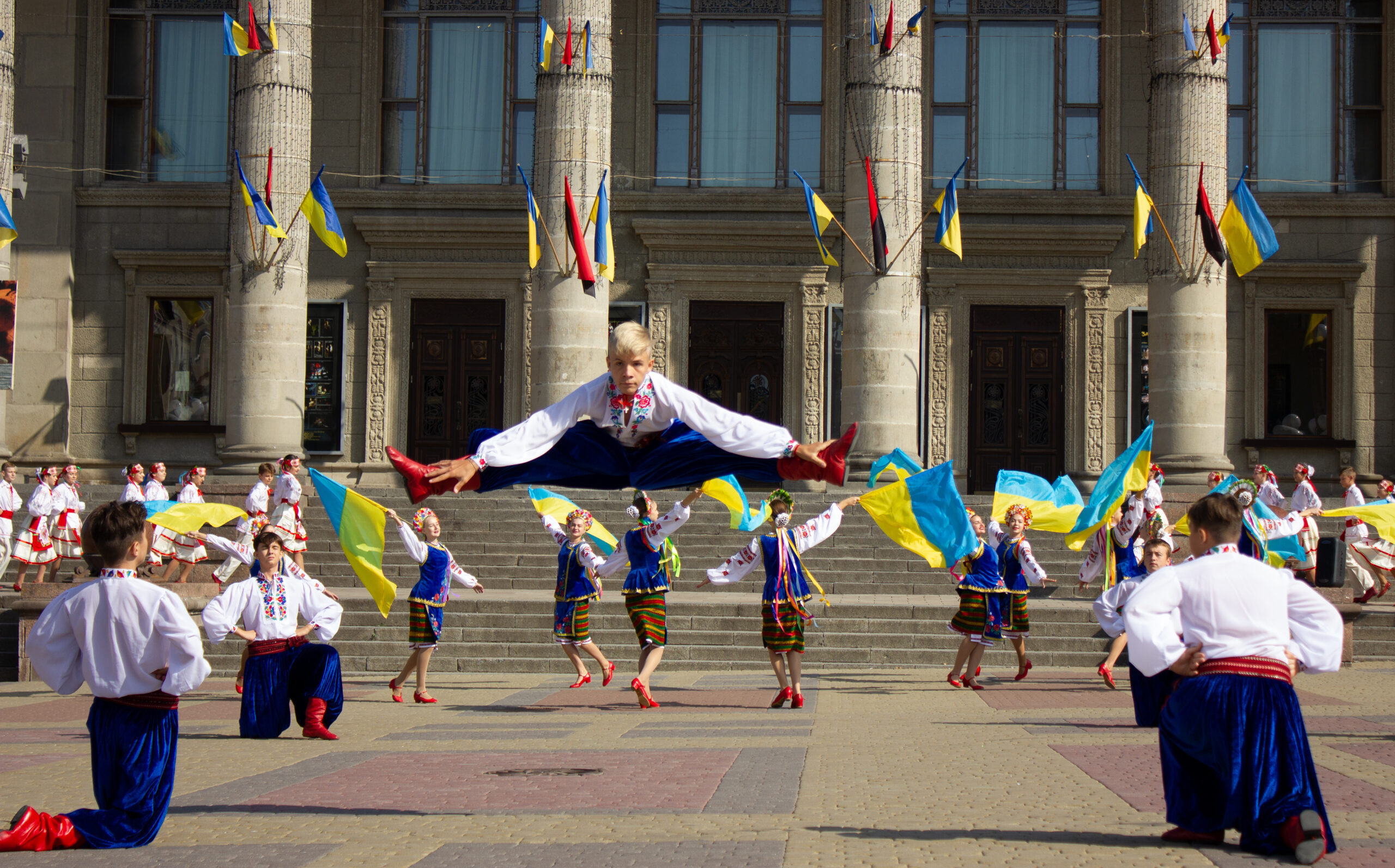
Hopak is a lively dance rooted in Ukrainian history and military traditions. Known for its acrobatic jumps and fast footwork, it originally symbolized the bravery of Cossack warriors. Dancers showcase their strength and agility with high kicks, spins, and squats. The energy of Hopak builds with intensity, often led by male dancers. It remains a symbol of pride and resilience in Ukrainian culture.
Kecak (Indonesia)
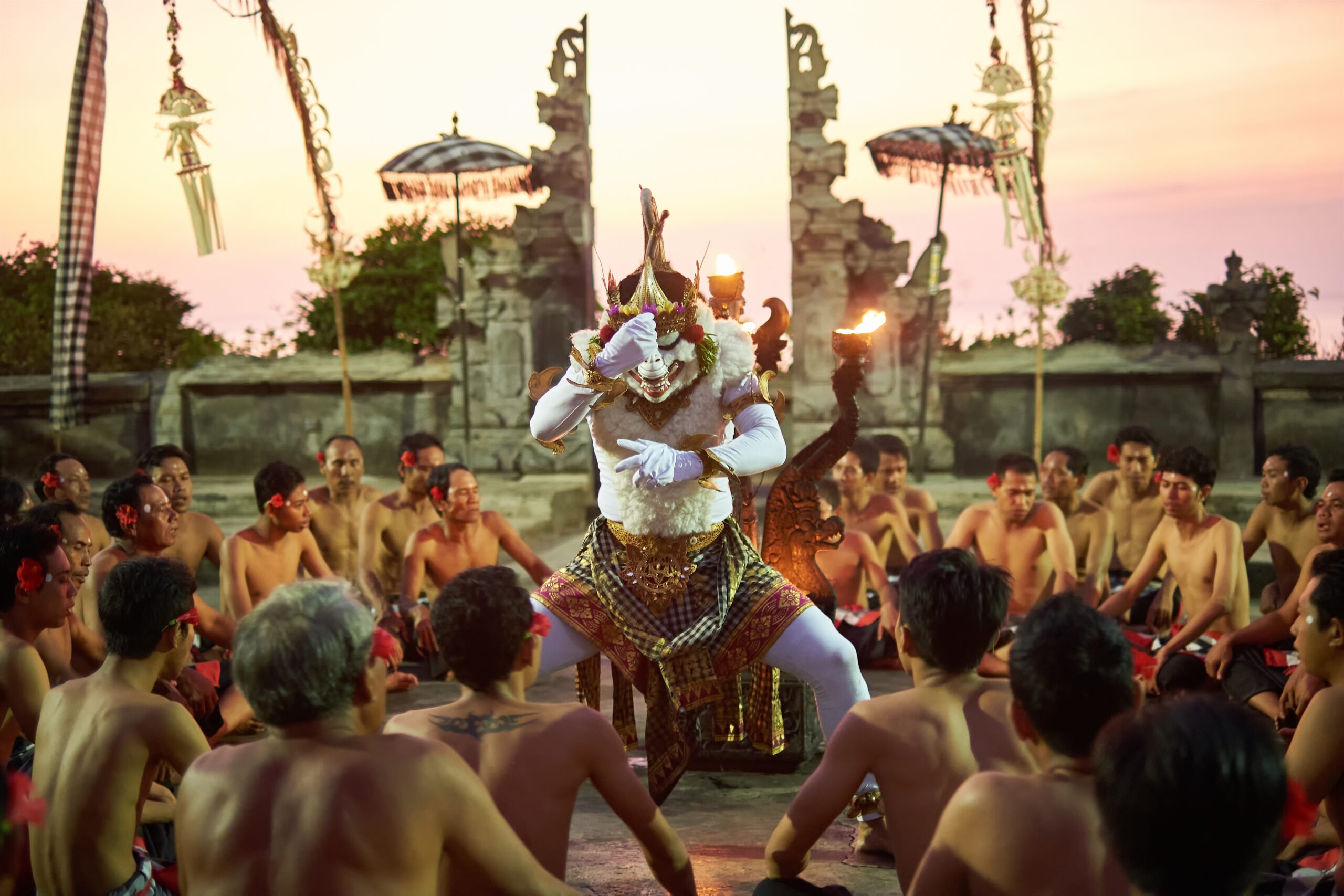
Kecak is a mesmerizing Balinese dance performed without music, relying on the rhythm of chanting. A large group of men sit in a circle, making percussive sounds with their voices. The dance reenacts a story from the Ramayana, featuring dramatic gestures and movements. Fire and trance elements are often part of the performance, adding to the intensity. Kecak is both spiritual and visually captivating.
Morris Dance (England)
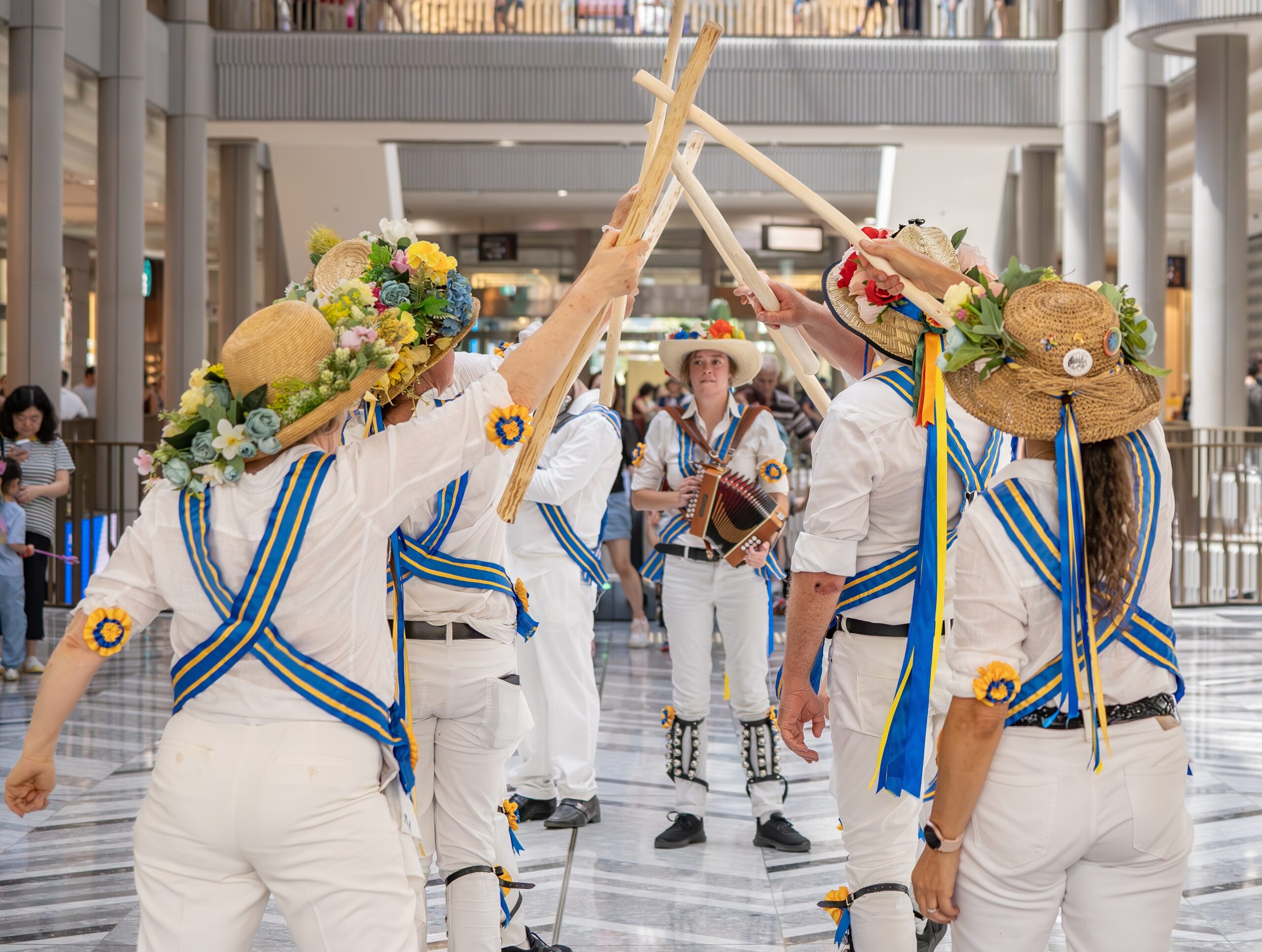
Morris Dance is a traditional English folk dance performed by groups of men or women. Dancers wear bells on their legs and wave handkerchiefs or sticks in time to the music. It is believed to have originated as a form of celebration for seasonal changes. The dance is often lighthearted, with simple yet precise steps. Morris Dance is commonly performed at village festivals and public celebrations across England.
Danza de los Diablos (Ecuador)
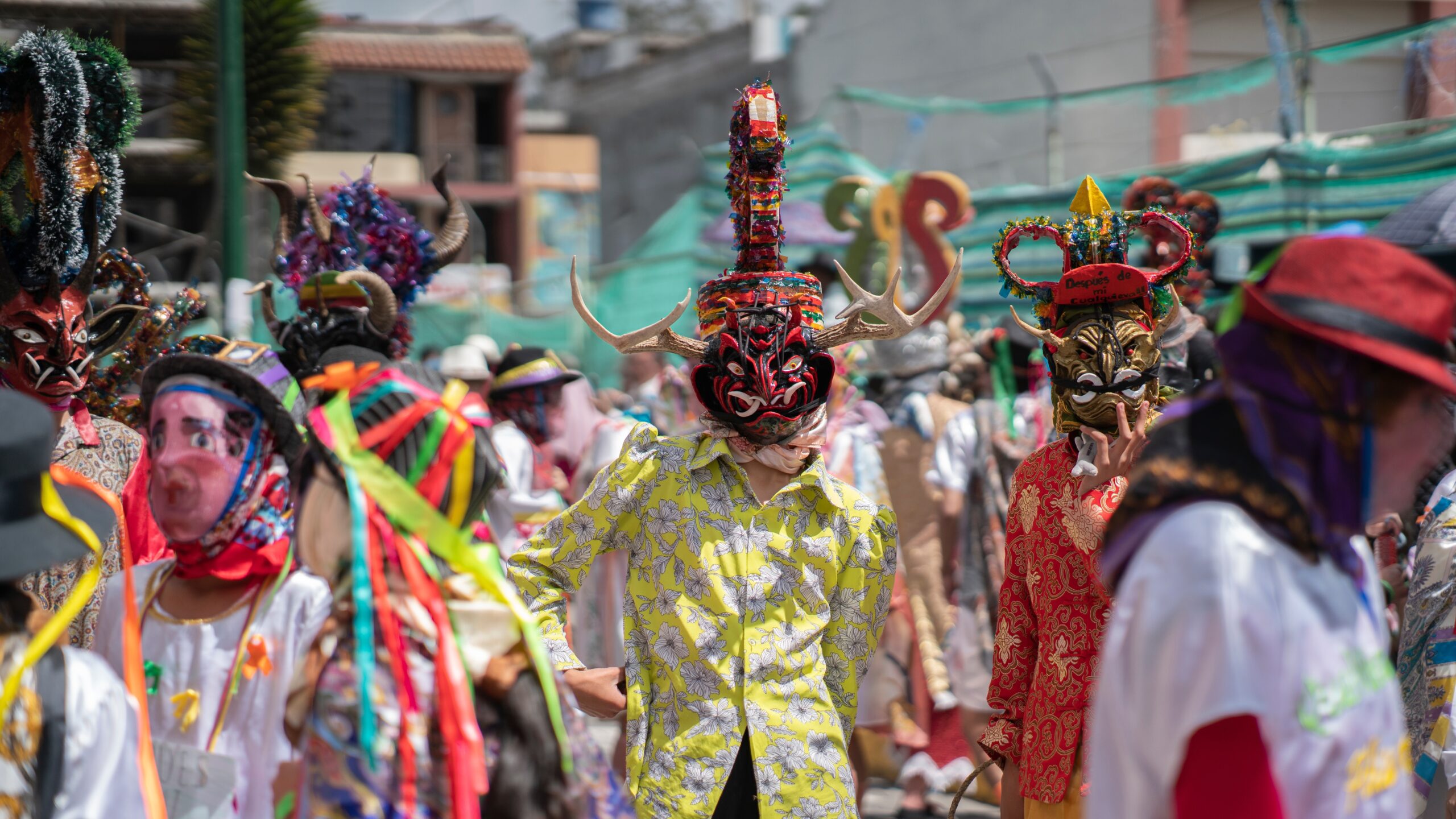
Danza de los Diablos, or Dance of the Devils, is a dramatic dance from Ecuador’s indigenous communities. Dancers wear devil masks, often adorned with horns and intricate designs. The dance is performed during religious festivals to symbolize the battle between good and evil. The movements are intense and theatrical, with dancers sometimes acting out confrontations. It reflects the blending of indigenous and colonial influences in Ecuadorian culture.
La Cueca (Chile)
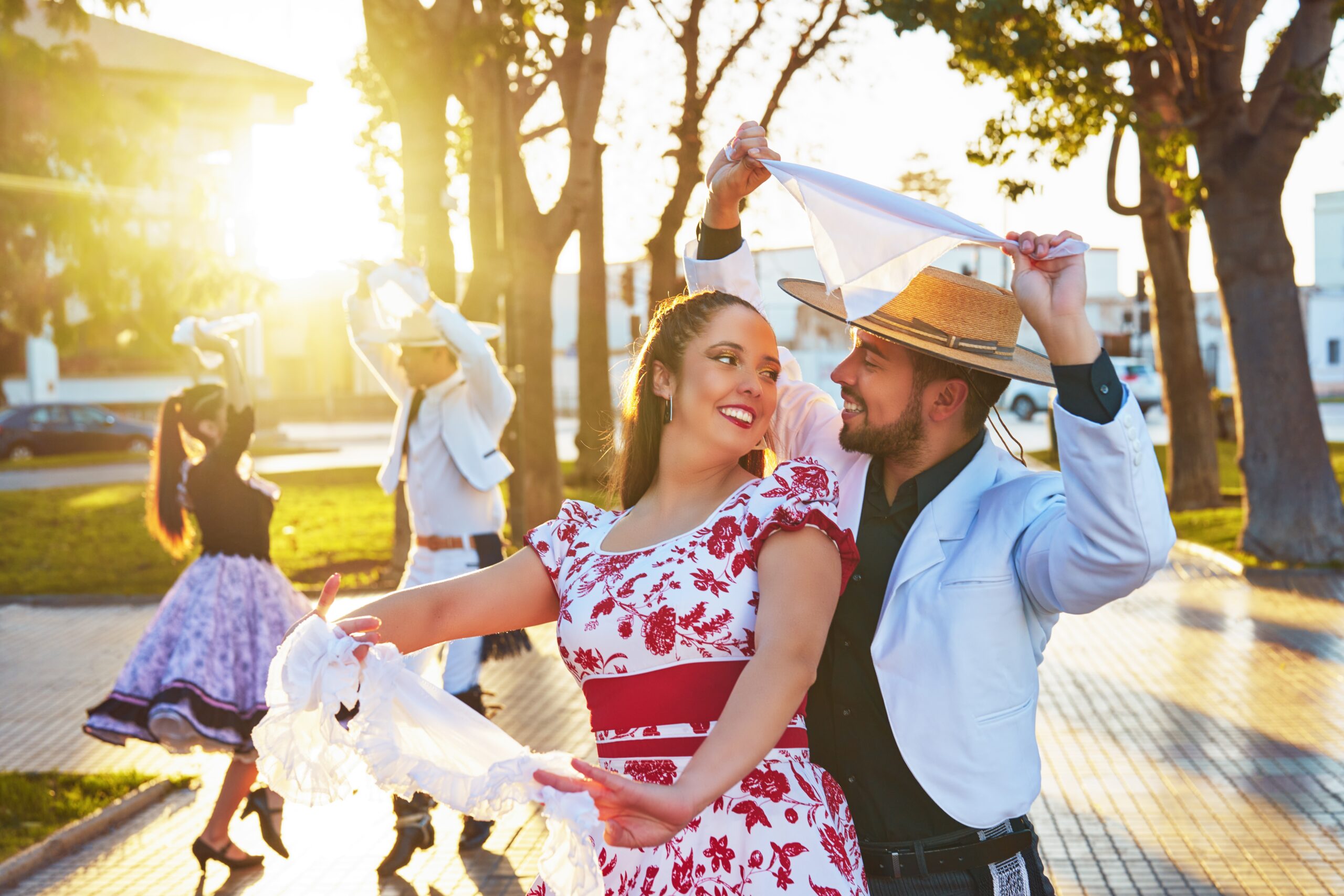
La Cueca is a lively and flirtatious dance from Chile, symbolizing courtship. It features intricate footwork and handkerchief waving, mimicking the mating ritual of a rooster and hen. The dancers never touch, but their movements are filled with playful energy. Music accompanies the dance with guitars, tambourines, and traditional Chilean instruments. The rhythm and pace of La Cueca are fast, creating an exciting atmosphere during performances.
Garifuna Punta (Honduras)
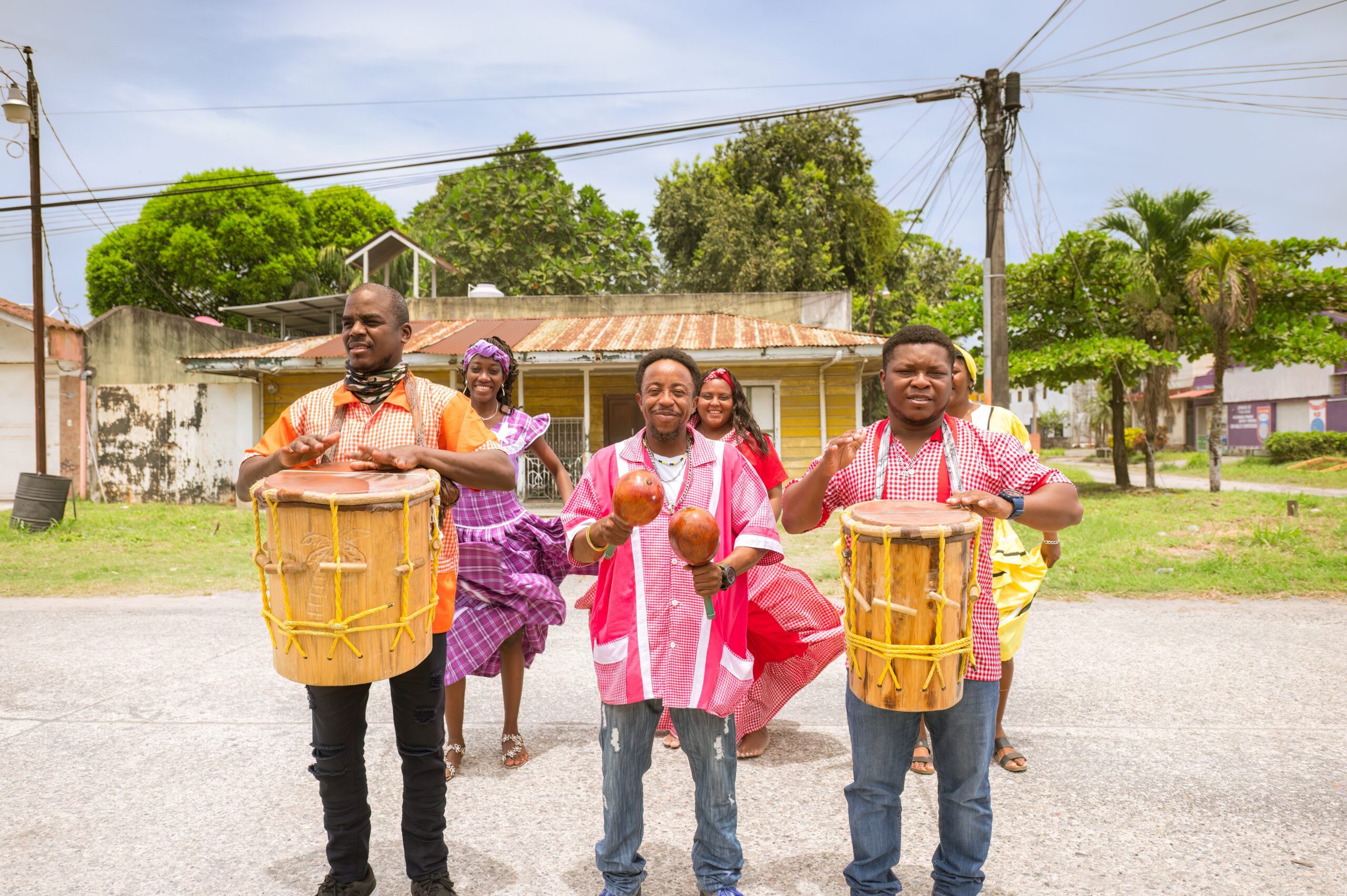
Garifuna Punta is an energetic dance originating from the Garifuna people of Honduras. It involves quick hip movements and foot stomping, usually performed to the beat of drums. The dance is often improvised, making each performance unique. Traditionally, it is a celebration of life and resilience, rooted in Garifuna culture. The music is fast-paced, and the dancers’ rapid movements create a lively and joyous atmosphere.
Haka (New Zealand)
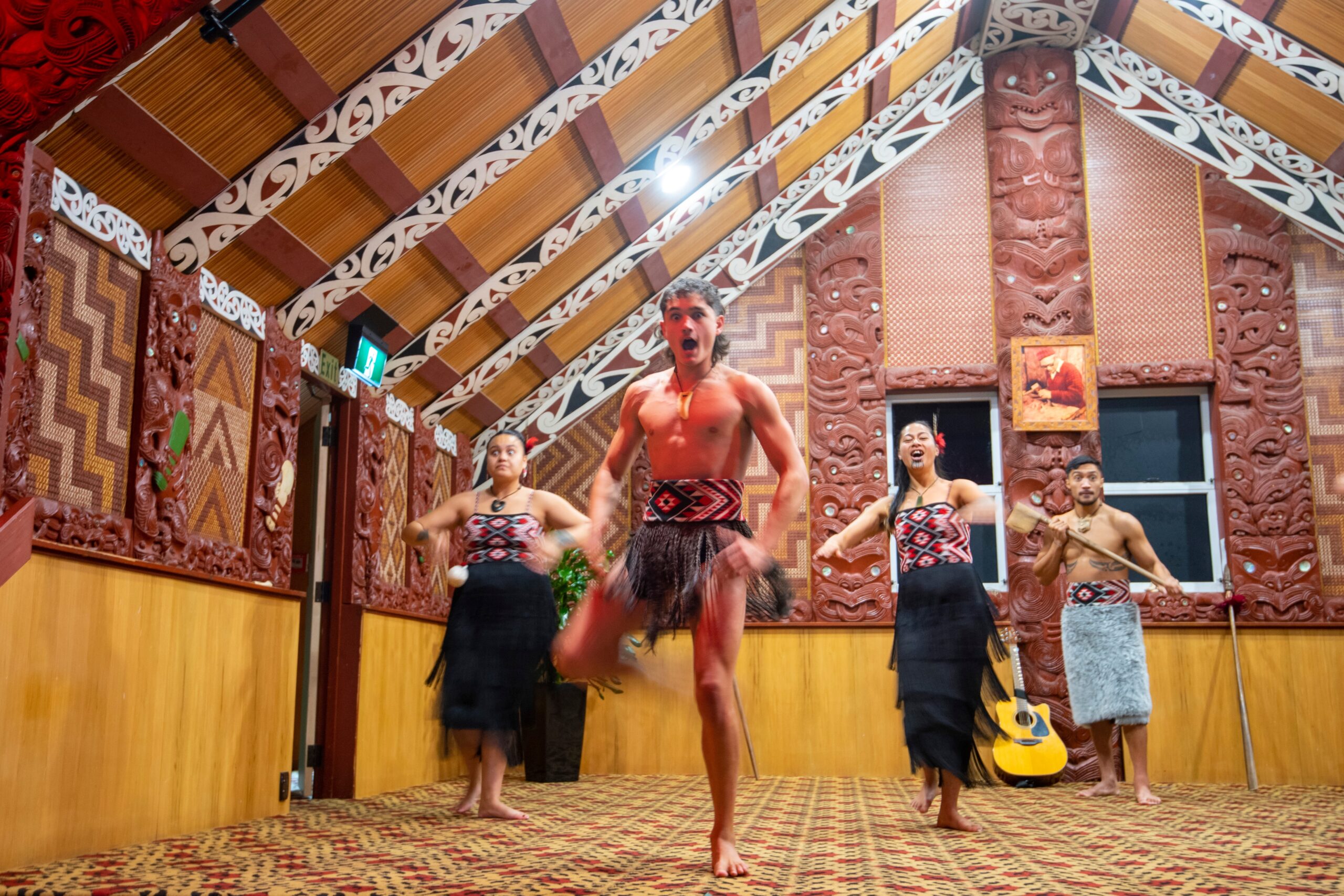
Haka is a powerful Maori dance known for its fierce and rhythmic movements. Performed by a group, it is accompanied by loud chanting, stomping, and expressive facial gestures. The dance is often associated with battle preparation, though it can also express unity and respect. Haka’s strength comes from its synchronized movements and intense energy. It is performed at important events and has become a symbol of New Zealand’s cultural identity.
Yosakoi (Japan)

Yosakoi is a vibrant and modern Japanese dance that combines traditional movements with contemporary music. Performed in large groups, it features synchronized choreography and colorful costumes. Dancers hold wooden clappers called naruko, which add rhythm to their steps. The upbeat nature of Yosakoi makes it an exciting and engaging spectacle. It is performed at festivals across Japan and encourages community participation and creativity.
Mak Yong (Malaysia)
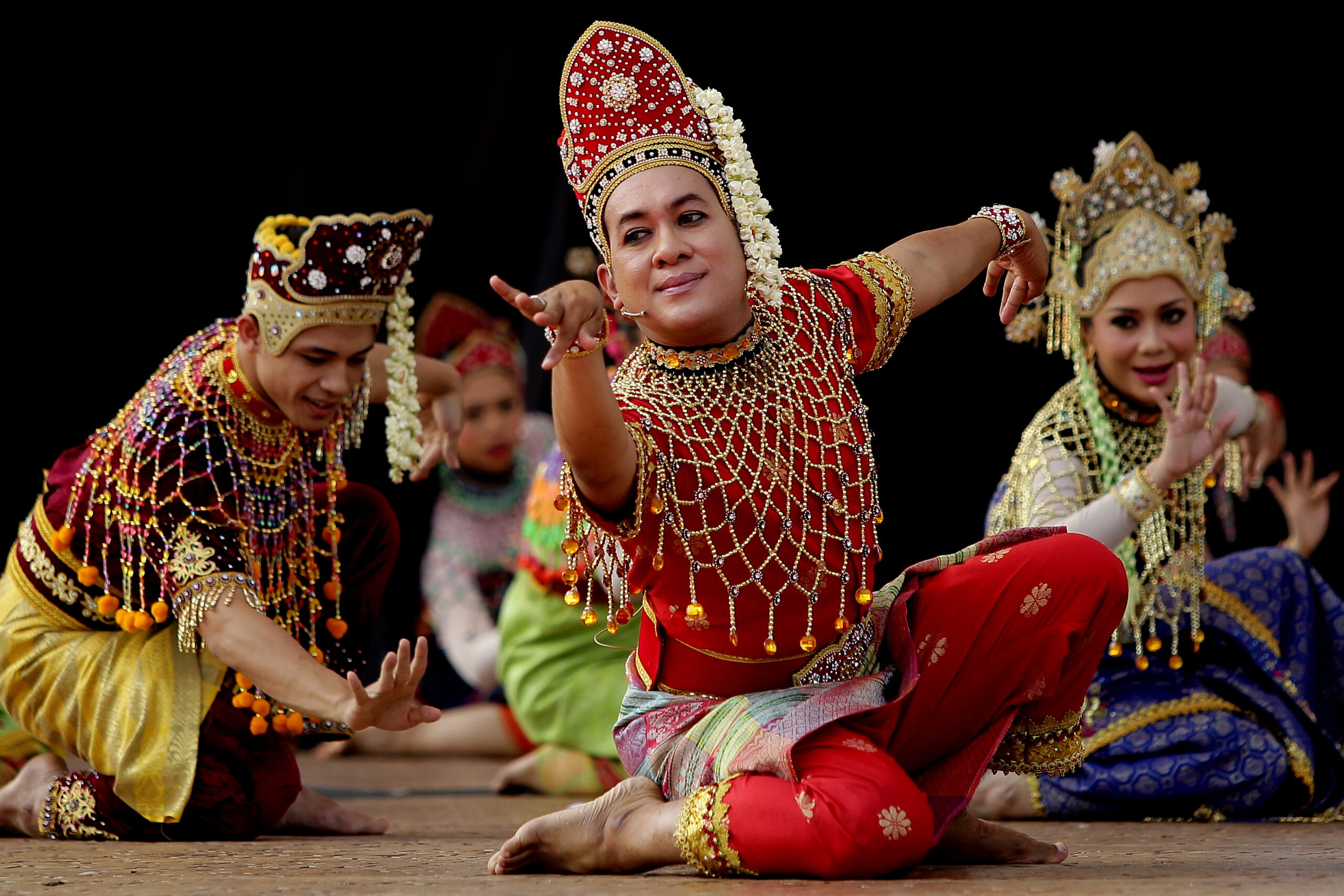
Mak Yong is an ancient Malay dance-drama that combines acting, singing, and dancing. The performances tell stories of mythical and royal characters, often involving themes of love and magic. Dancers wear elaborate costumes and move gracefully to traditional music. Mak Yong is a blend of art forms, with its slow, expressive movements central to the storytelling. This dance is recognized for its cultural and spiritual importance in Malaysia.
La Kalbelia (India)
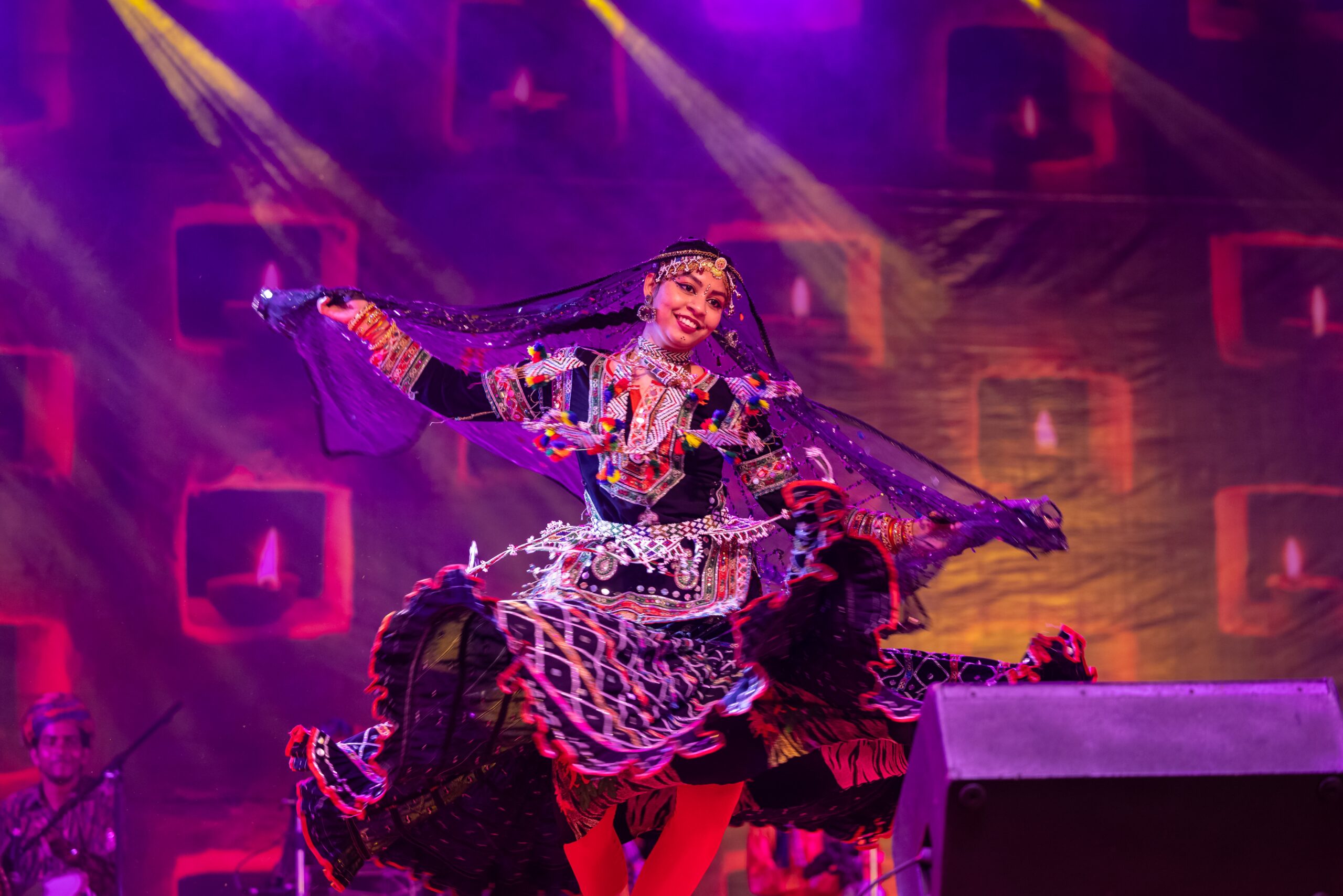
La Kalbelia is a lively and graceful dance performed by the Kalbelia community of Rajasthan, India. Dancers wear swirling black skirts embroidered with intricate patterns, adding visual drama to the performance. Movements mimic the graceful undulations of a serpent, reflecting the tribe’s historic connection to snake charming. The music is fast-paced, featuring traditional instruments like the pungi and dholak. This dance represents joy, often performed during festivals and celebrations.
Candombe (Uruguay)
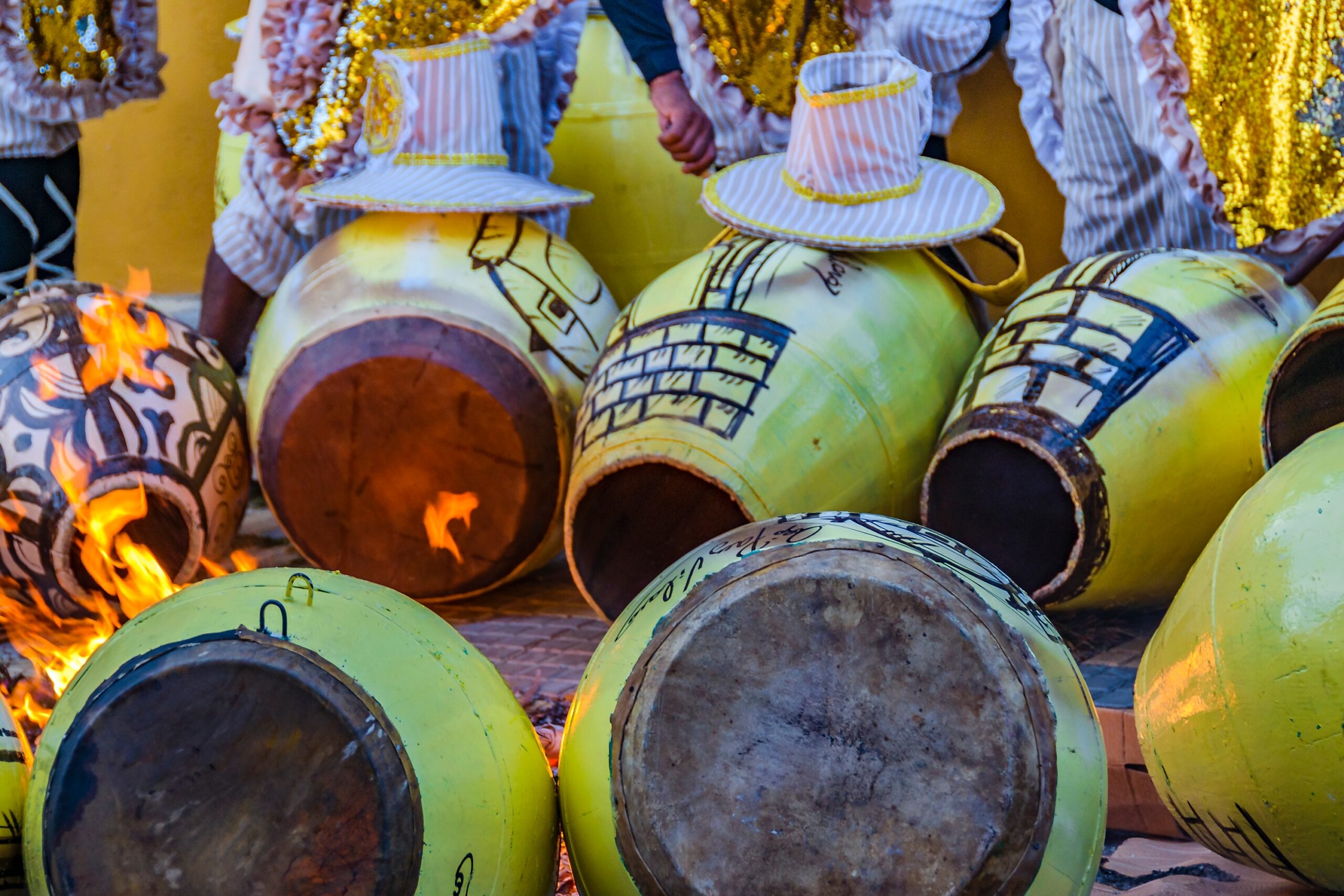
Candombe is a powerful Afro-Uruguayan dance rooted in the legacy of enslaved Africans brought to Uruguay. It is characterized by rhythmic drumming, with performers moving to the beat of tamboriles, a type of drum. The dance is highly energetic, with dancers often parading through the streets during carnival celebrations. Candombe is more than just a performance; it is a cultural expression of freedom and identity. The vibrant costumes and powerful rhythms make it an unforgettable experience.
Mbende Jerusarema (Zimbabwe)
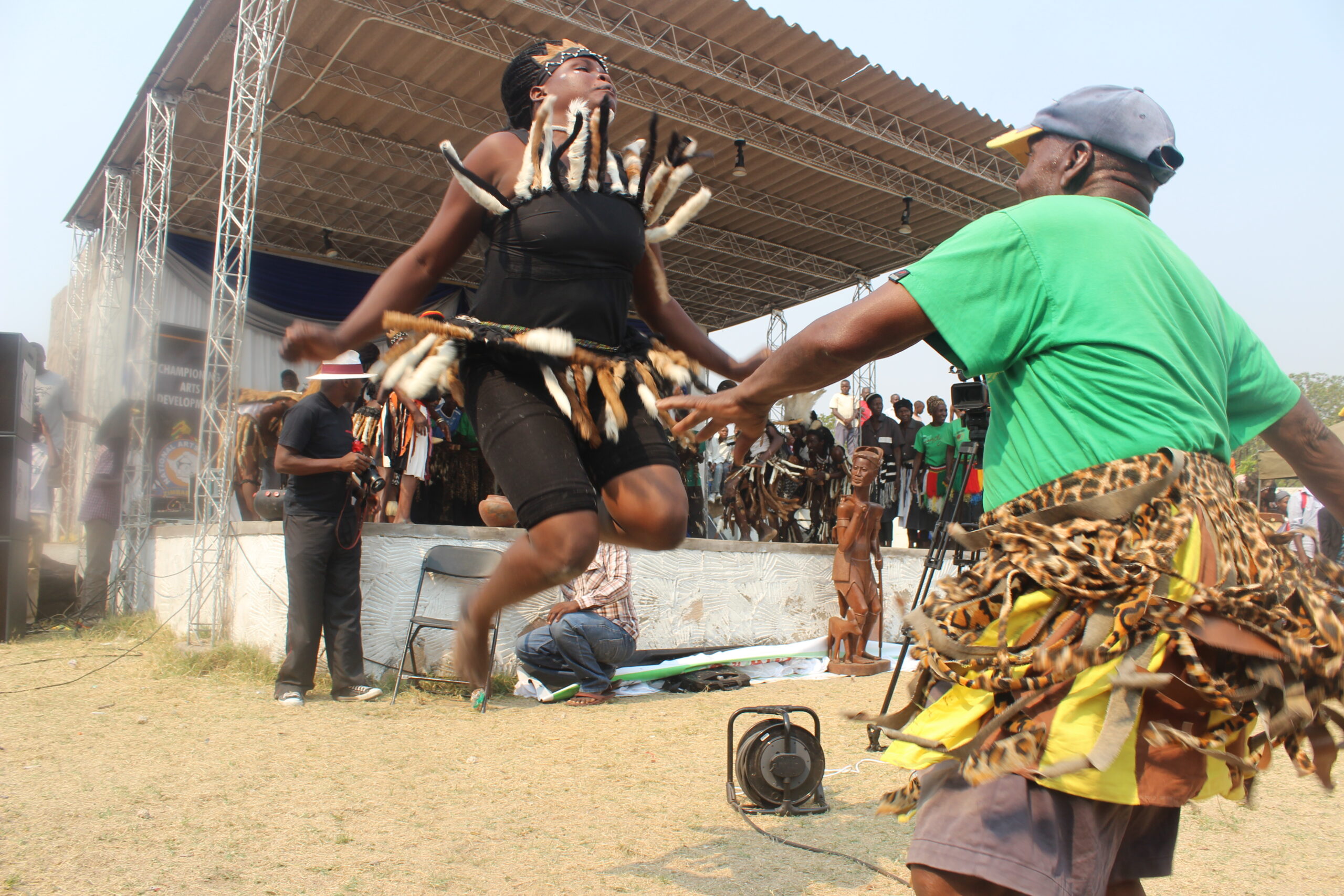
Mbende Jerusarema is an energetic and expressive dance from Zimbabwe’s Shona people. It is known for its quick footwork, dramatic arm movements, and spontaneous bursts of energy. The dance is performed to traditional drumming and chanting, often at important social gatherings. Mbende Jerusarema is a celebration of life, vitality, and cultural heritage. Despite its historical roots, the dance has evolved and remains relevant in modern Zimbabwean culture.
Seungmu (Korea)
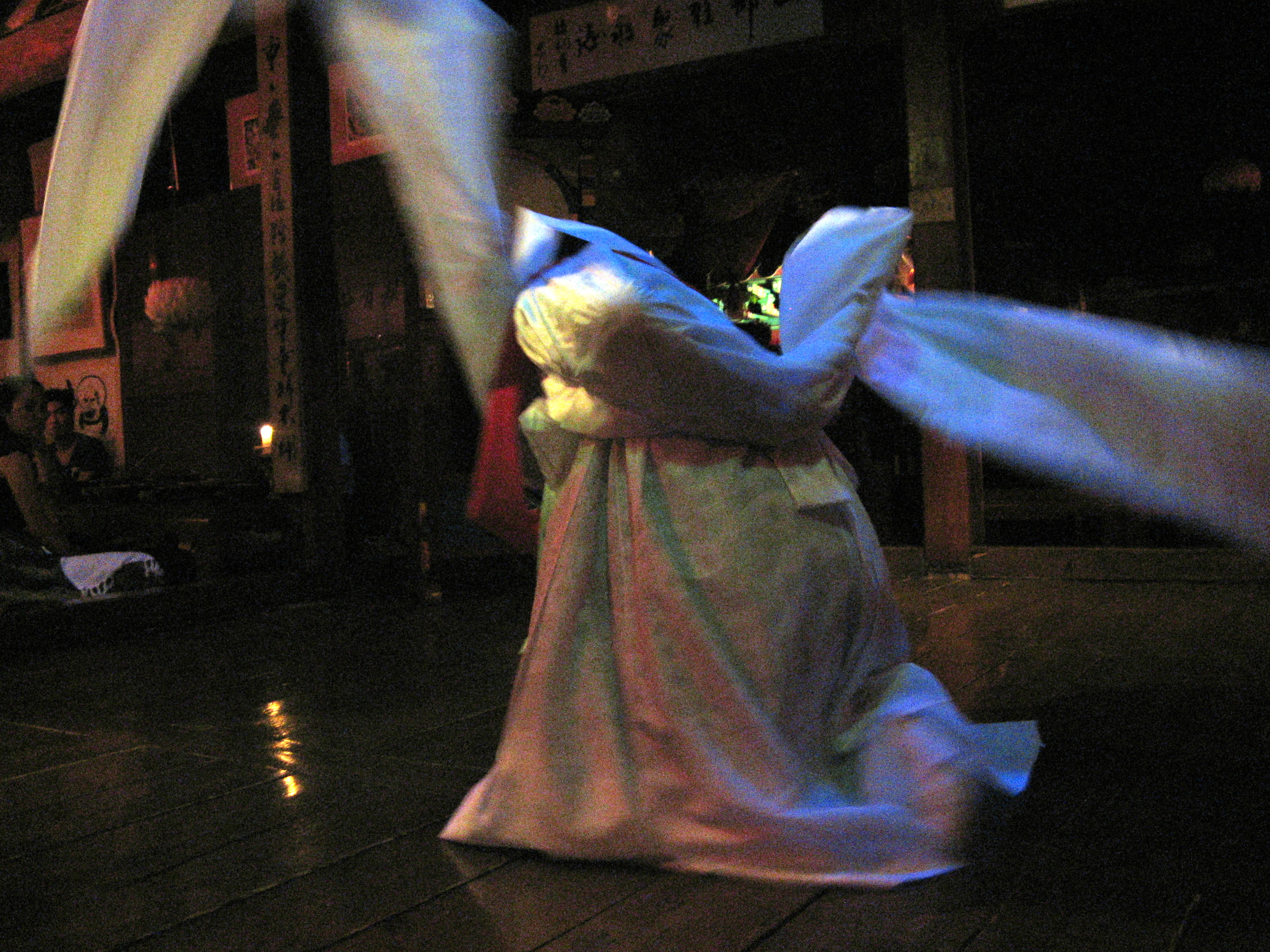
Seungmu is a deeply spiritual dance originating from Korean Buddhist traditions. Performed in flowing white robes, the dancer’s slow, deliberate movements represent inner peace and meditation. The dance is accompanied by traditional instruments such as the drum, creating a serene atmosphere. Seungmu reflects a connection to the divine and is often performed as a ritual offering. Its elegance and spiritual depth make it one of Korea’s most respected traditional dances.
This article originally appeared on Rarest.org.
More from Rarest.org
13 Top-Tier Hotel Suites Offering Unmatched Opulence

In the world of luxury travel, certain hotel suites stand out for their unmatched opulence and extraordinary offerings. Read More.
19 Unusual Mammals Thriving in Extreme Environments
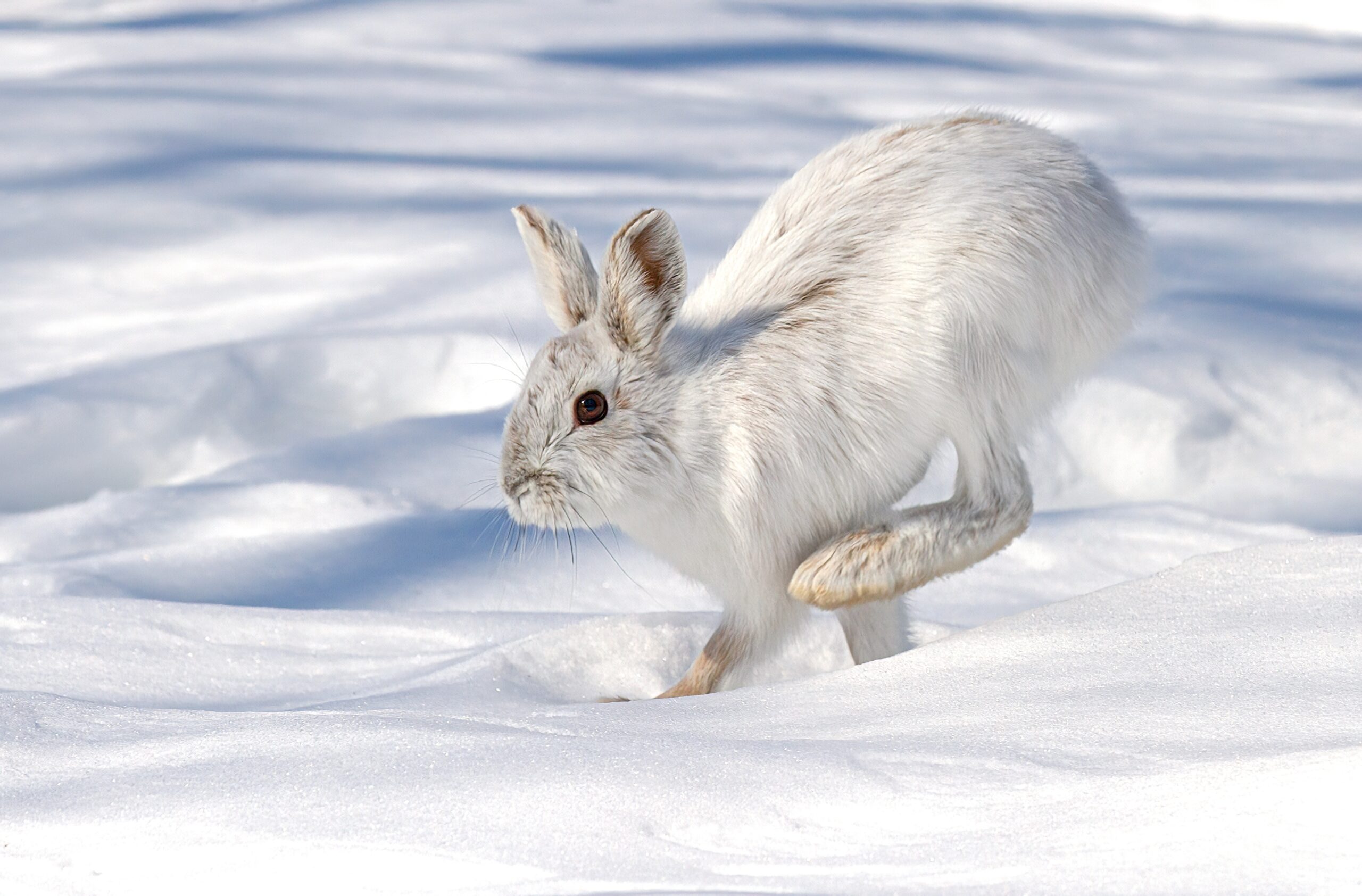
Mammals have adapted to thrive in some of the world’s harshest environments. From scorching deserts to icy tundras, these creatures have evolved unique traits to survive in extreme conditions. Read More.
16 Unique Plants Adapted to Survive in Extreme Environments
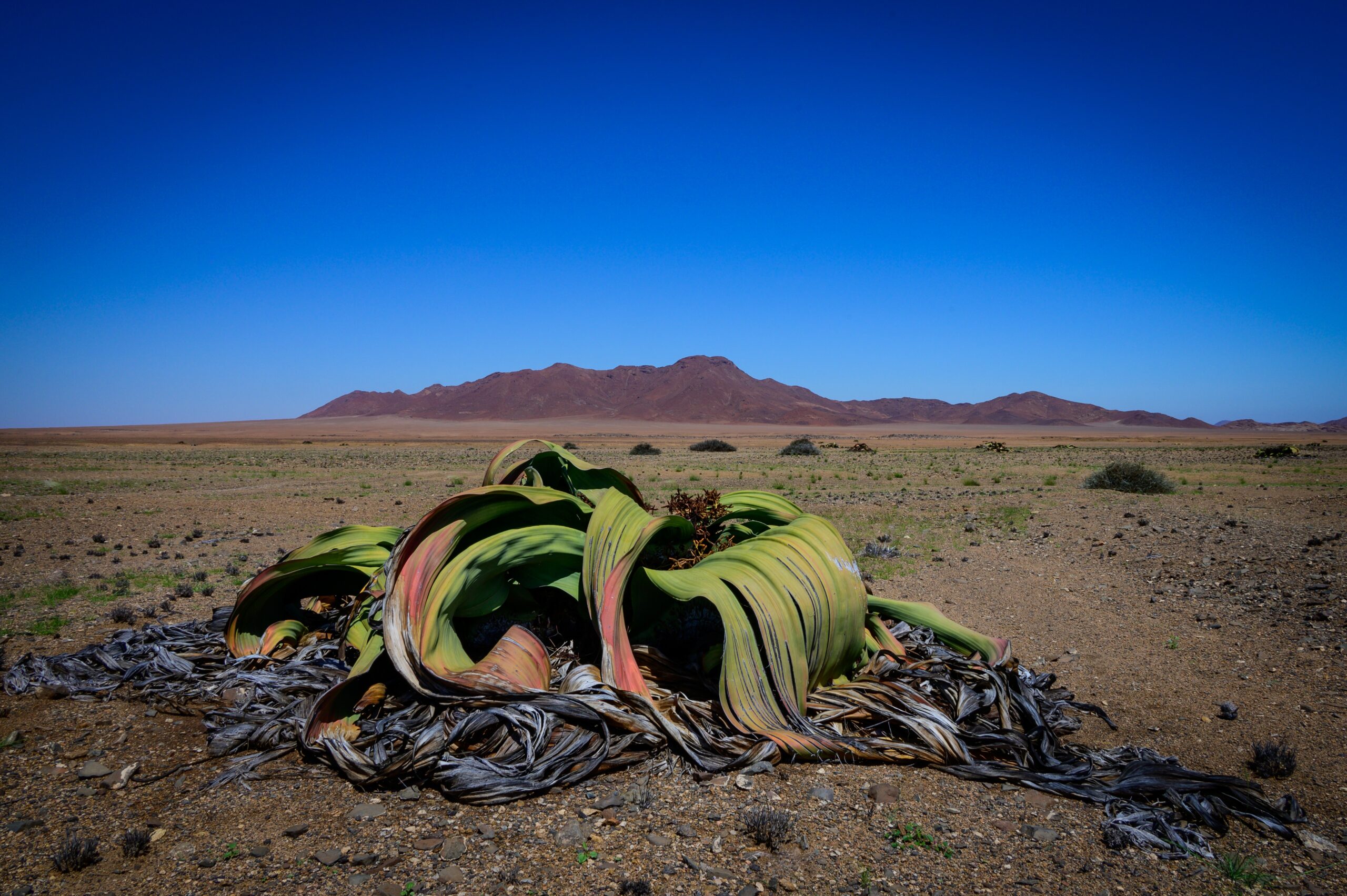
In nature’s most challenging landscapes, some plants have evolved extraordinary adaptations to thrive. Read More.
